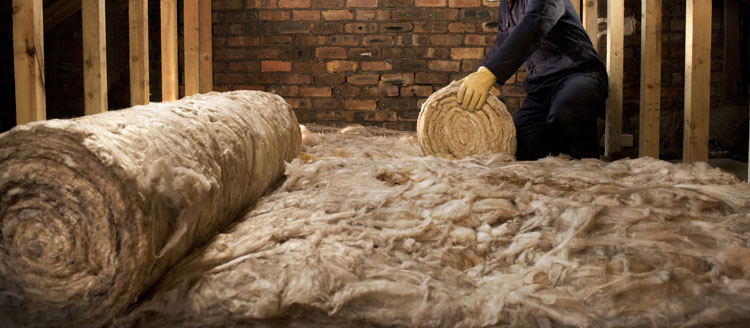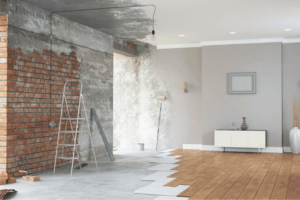
The Complete Guide for Thermal and Insulation Boards
Thermal & insulation boards are materials that are designed to reduce heat transfer between the interior and exterior of a building
Thermal and insulation boards are an essential component in any home renovation or refurbishment project. They play a vital role in increasing the energy efficiency of a property, reducing heat loss, and improving overall comfort. In this complete guide, we will discuss everything you need to know about thermal and insulation boards.
What are Thermal and Insulation Boards?
Thermal and insulation boards are materials that are specifically designed to reduce heat transfer between the interior and exterior of a building. They are commonly used in walls, roofs, floors, and ceilings to provide a barrier against the loss or gain of heat. These boards are made from various materials, such as fiberglass, polystyrene, rock wool, and polyurethane foam.
Benefits of Thermal and Insulation Boards
There are several benefits of using thermal and insulation boards in your home renovation or refurbishment project:
Energy Efficiency: By reducing heat transfer, thermal and insulation boards help in maintaining a constant temperature inside the house. This leads to lower energy consumption and reduced utility bills.
Comfort: Thermal and insulation boards create a more comfortable living environment by eliminating cold spots and draughts. They also help in reducing noise transmission, making the interior quieter.
Environmental Impact: Increasing the energy efficiency of your home by installing thermal and insulation boards can significantly reduce your carbon footprint. It helps in conserving energy and reducing greenhouse gas emissions.
Moisture Control: These boards also provide a barrier against moisture, preventing the growth of mold and mildew, and maintaining the structural integrity of the building.
Types of Thermal and Insulation Boards
There are several types of thermal and insulation boards available in the market. Some of the most common types include:
Fiberglass Insulation: Fiberglass insulation boards are made from tiny fibers of glass woven together. They are lightweight and have excellent thermal performance.
Polystyrene Insulation: Polystyrene insulation boards are made from expanded or extruded polystyrene foam. They are lightweight, moisture-resistant, and have good thermal insulation properties.
Rock Wool Insulation: Rock wool insulation boards are made from volcanic rock and other natural minerals. They are fire-resistant, provide excellent thermal insulation, and are resistant to moisture.
Polyurethane Insulation: Polyurethane insulation boards are made from a combination of polyols and isocyanates. They have high insulation values, are moisture-resistant, and provide excellent thermal performance.
Installation Process
The installation process for thermal and insulation boards may vary depending on the specific type of board and the area of the house where they are being installed. Generally, the process involves the following steps:
Prepare the Surface: Clean the surface where the boards will be installed and ensure it is free from dust, dirt, and any other debris.
Measure and Cut: Measure the area where the boards are being installed and cut the boards to the required size using a saw or a utility knife.
Fit the Boards: Apply an adhesive to the back of the boards and press them firmly onto the surface. Secure the boards in place using mechanical fixings, such as screws or nails.
Seal the Joints: Use insulation tape or caulk to seal any gaps or joints between the boards, ensuring a continuous insulation barrier.
Importance of Professional Installation
While thermal and insulation boards can be installed as a DIY project, it is highly recommended to hire a professional for the installation. Professionals have the knowledge, experience, and tools required to ensure a proper and effective installation. They can also provide expert advice on the best type of boards to use for your specific needs and budget.
Conclusion
Thermal and insulation boards are a crucial component in any home renovation or refurbishment project. They offer numerous benefits such as energy efficiency, improved comfort, and environmental sustainability. Understanding the different types of boards available and the installation process is essential to make an informed decision. Hiring a professional installation service ensures a high-quality installation and maximises the benefits of thermal and insulation boards in your home. So, don’t overlook the importance of thermal and insulation boards in your next project.
To learn more about the benefits of thermal and insulation boards and how they can enhance your home renovation or refurbishment project, visit our website Tango Interiors.





